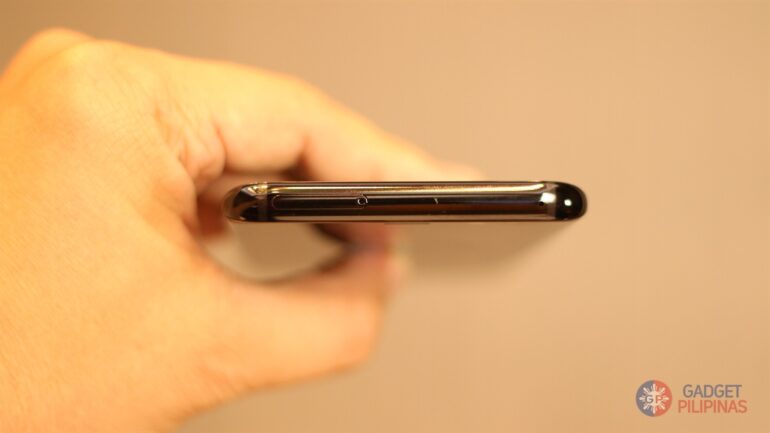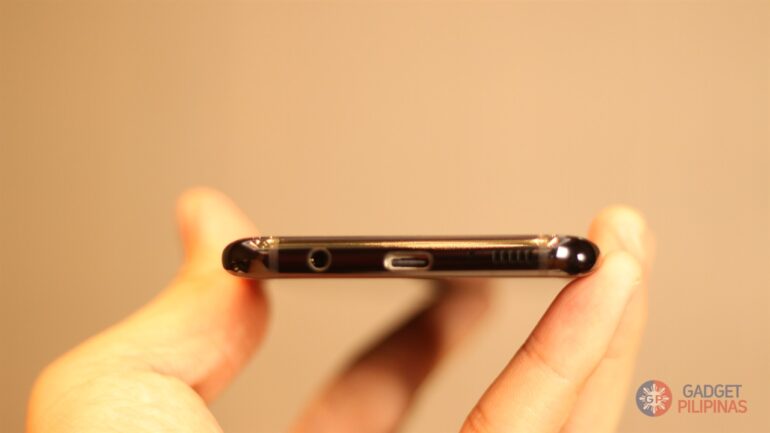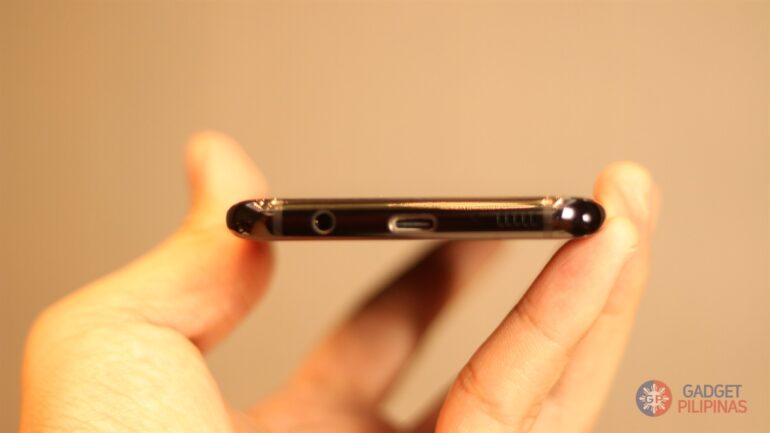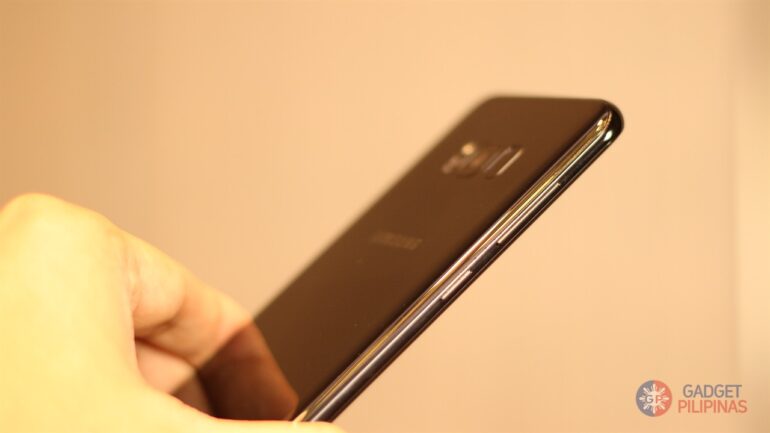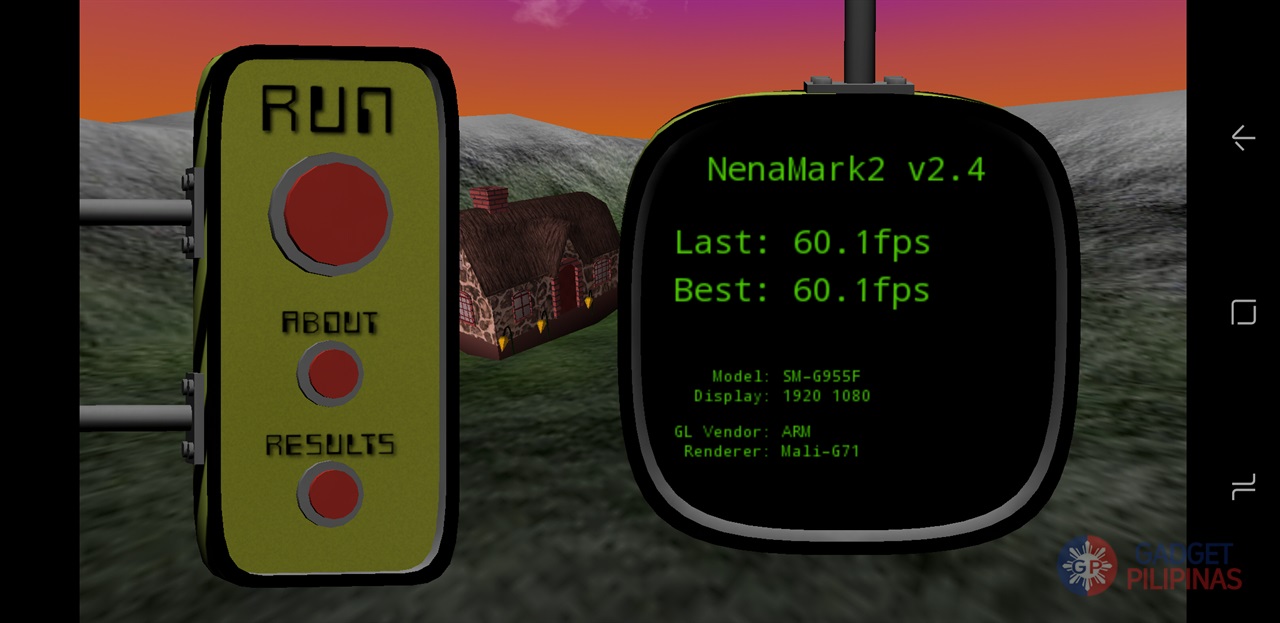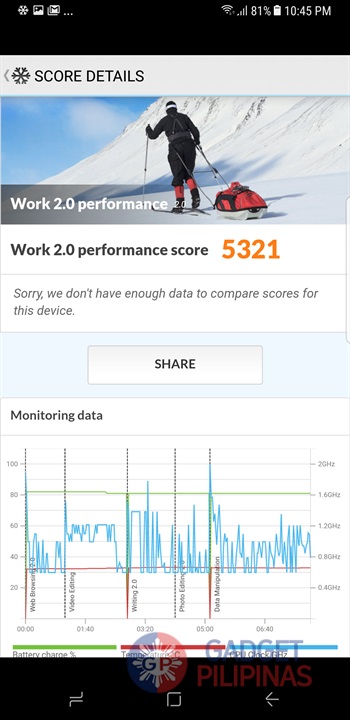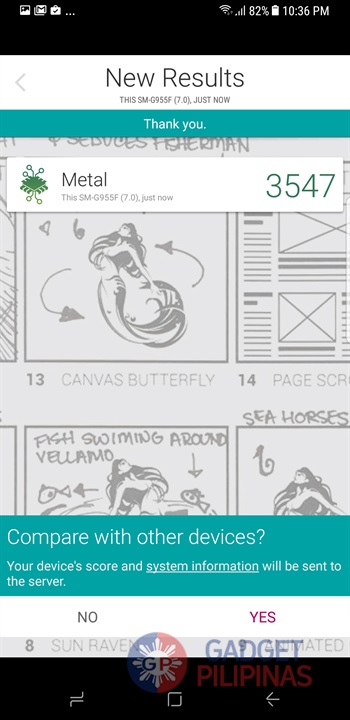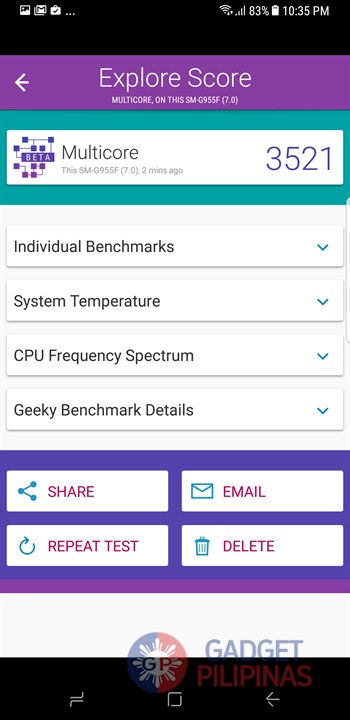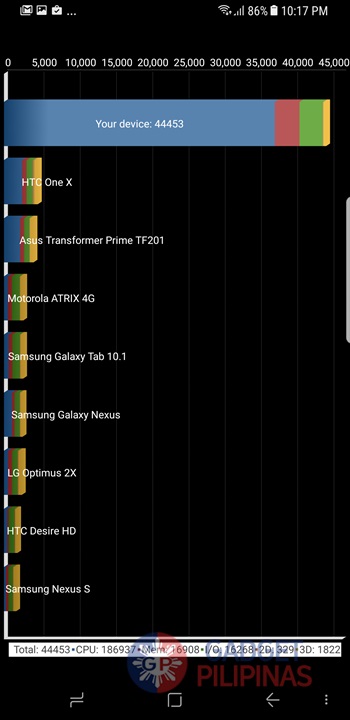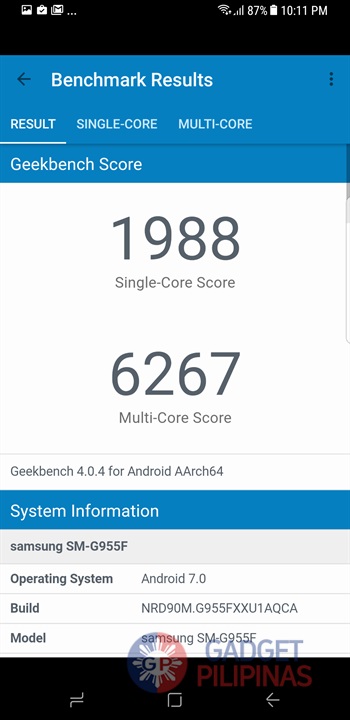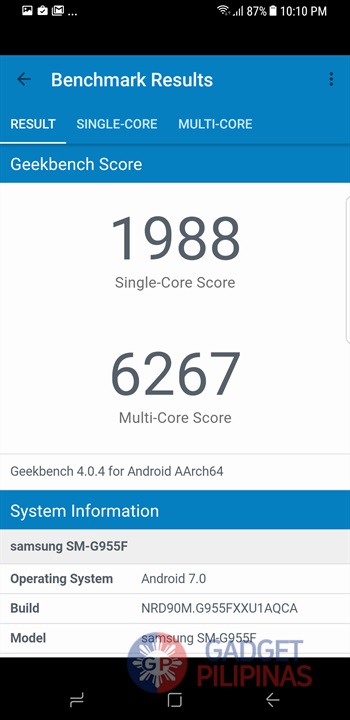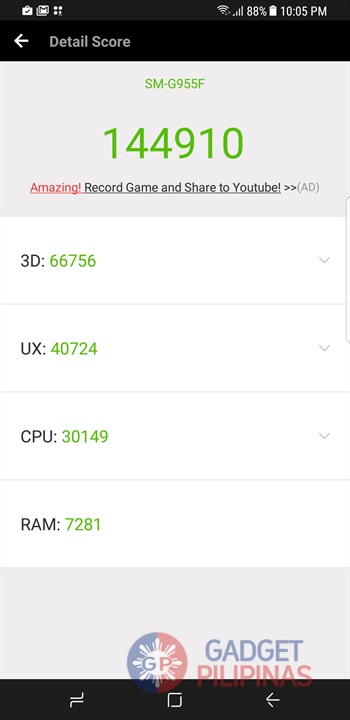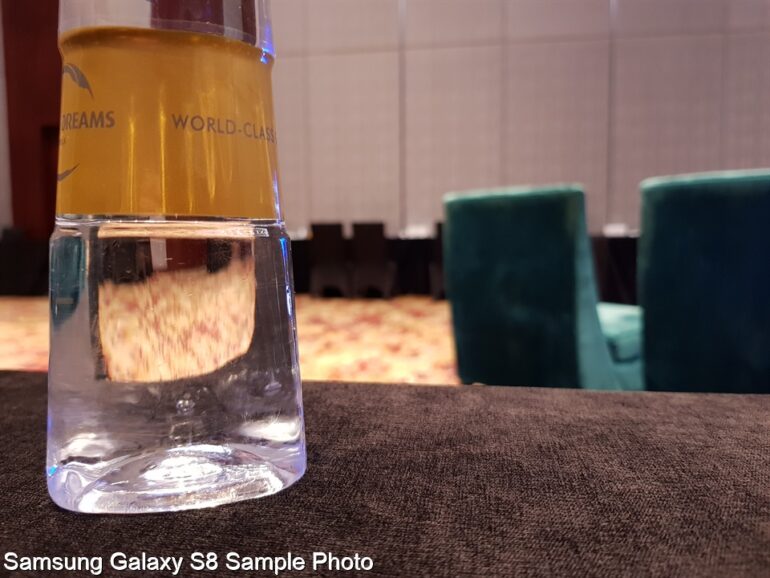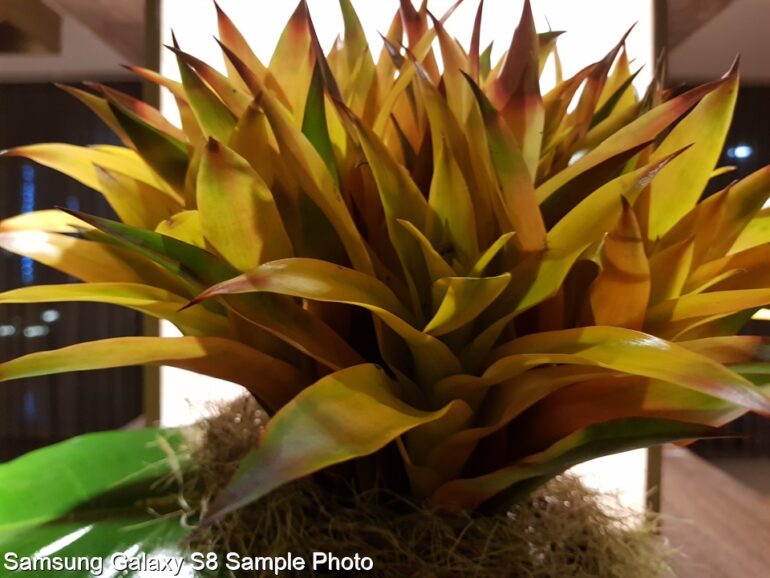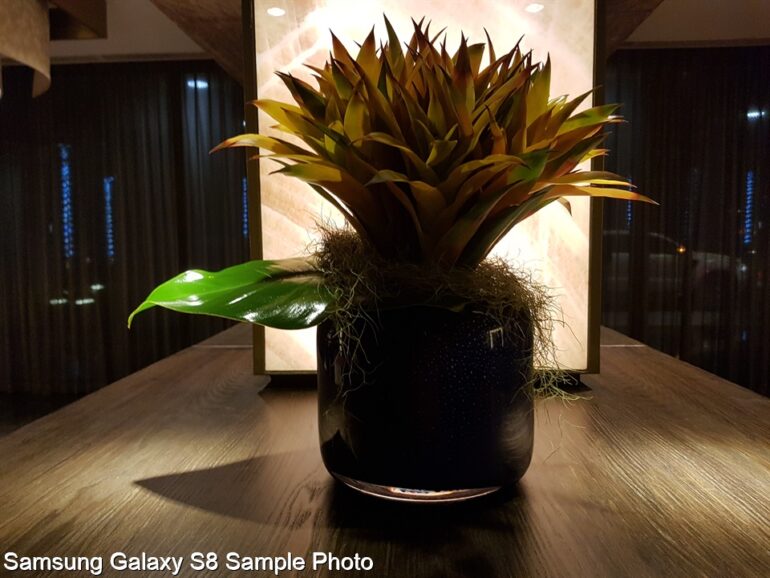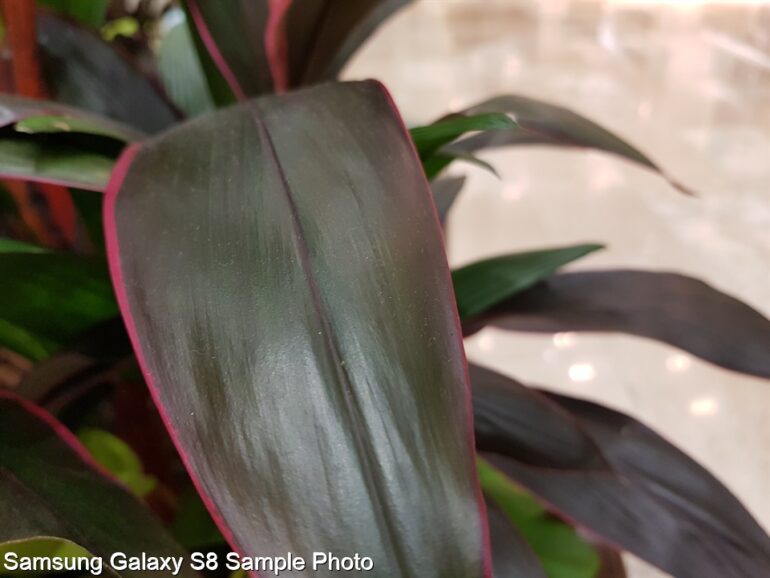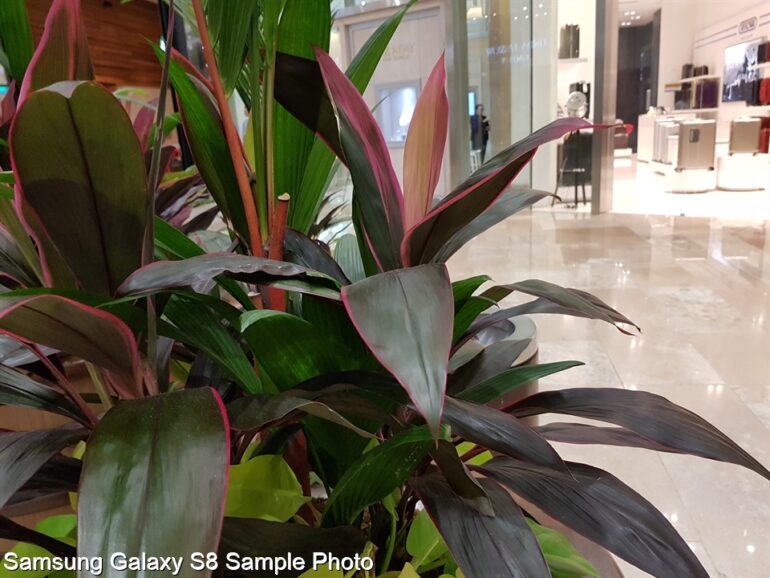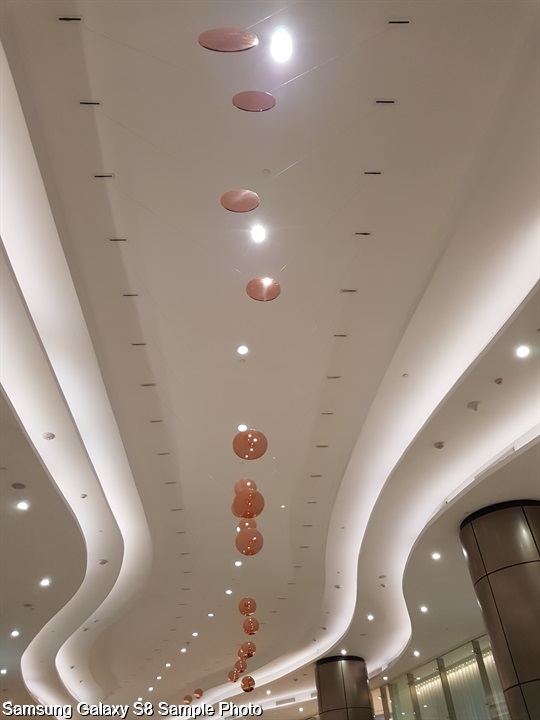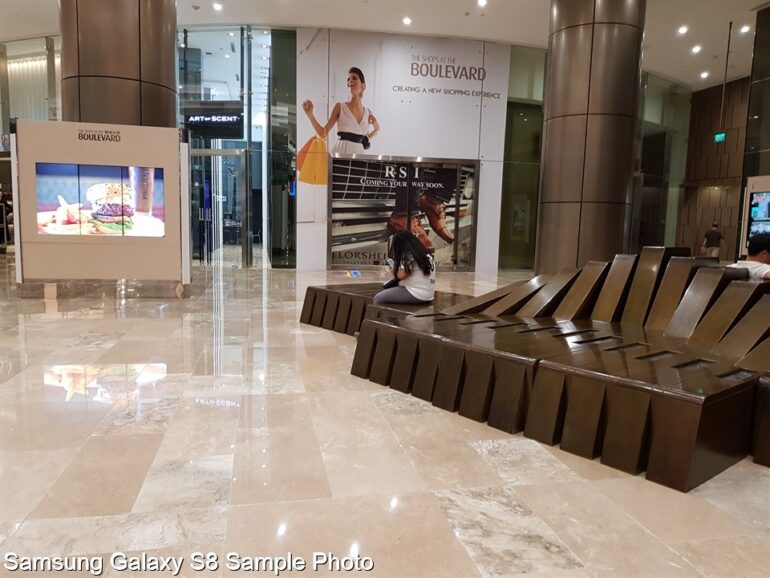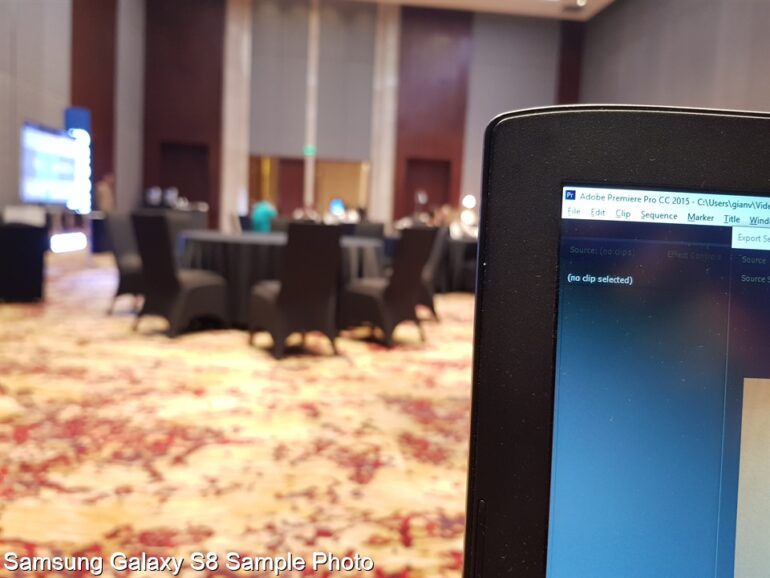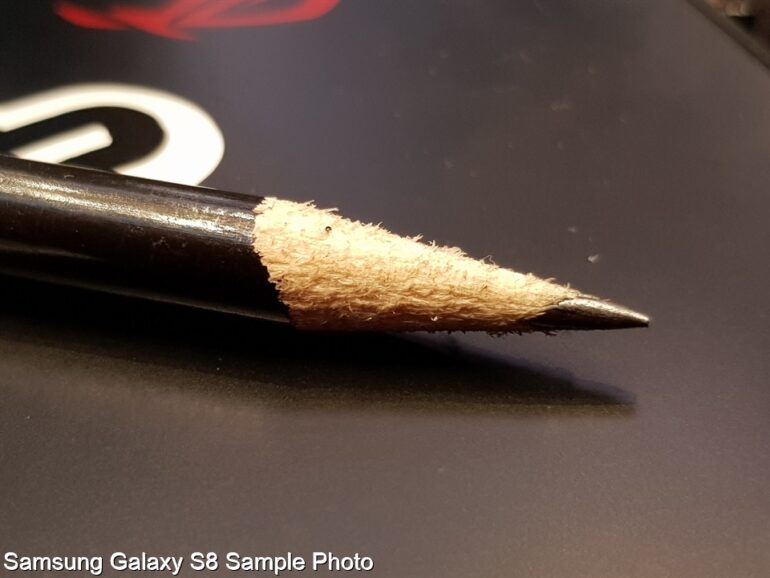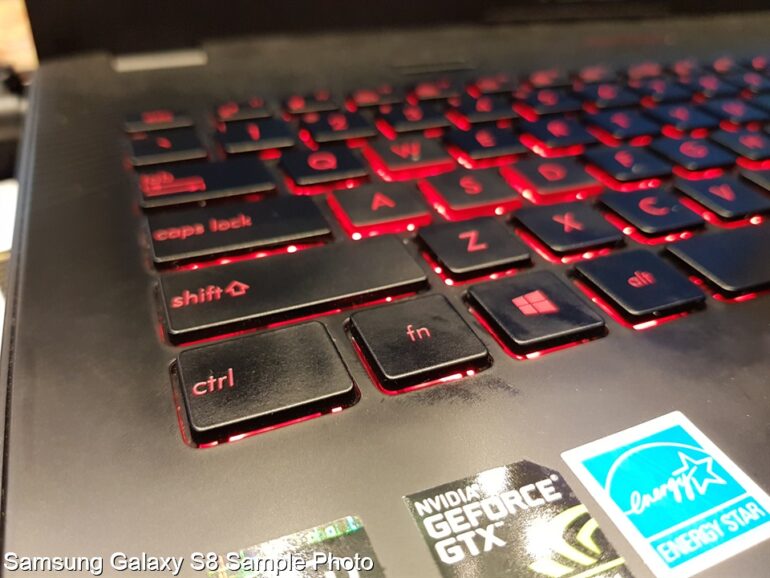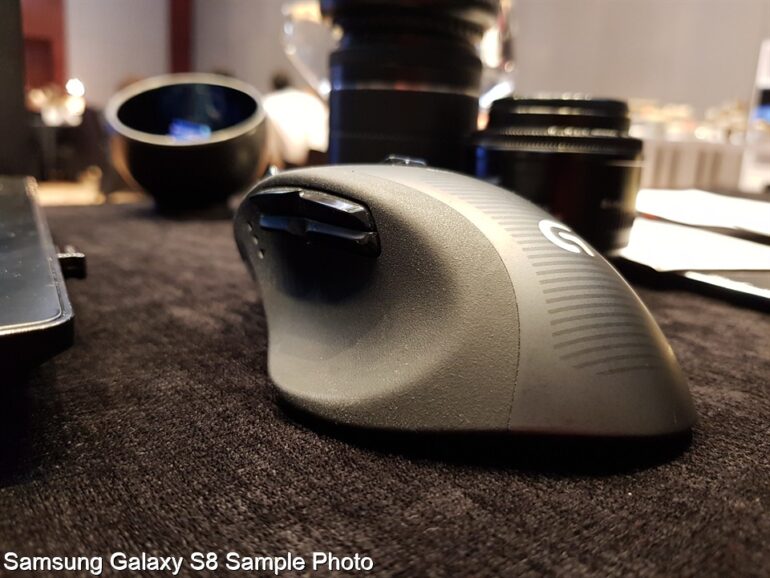For the past months, Samsung has always been the subject of discussion among tech and gadget enthusiasts, media, influencers and brands. The fiasco it had during the launch of Samsung Galaxy Note 7 bad bruised the South Korean giant. If Samsung were a Filipino actor, it would have been the battered and face-swollen Fernando Poe Jr. during the film’s climax. But just like any FPJ films, he always gets up and finishes the job with pride and conviction. Today, with the launch of the Galaxy S8 and S8+, Samsung proved itself to be like FPJ – a brand that’s ready to get up from an almost-beaten fight to the death.
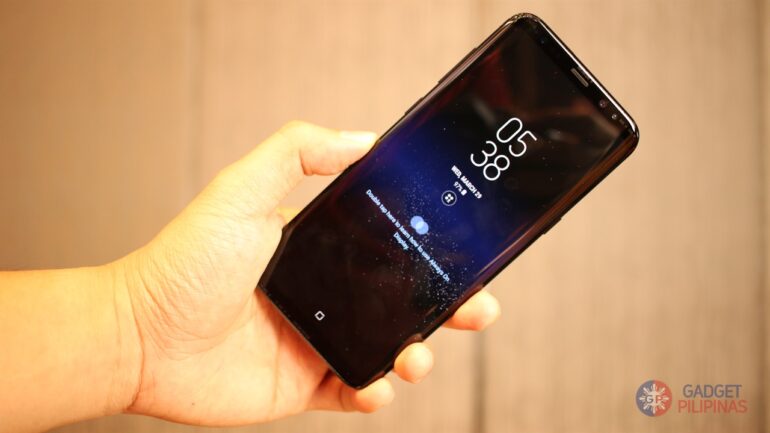 The Samsung Galaxy S8 and S8+ are smartphones like no other. These new devices tout a brand new Infinity Display, which is the penultimate screen technology of Samsung, perfected from their previous flagships, the S6 Edge and S7 Edge. The new devices don’t have a non-Infinity display variants, so consumers have two options – the regular or the bigger S8. I’ve had a fair share of experience with the smartphone, and I must say that it’s indeed the best they have made so far.
The Samsung Galaxy S8 and S8+ are smartphones like no other. These new devices tout a brand new Infinity Display, which is the penultimate screen technology of Samsung, perfected from their previous flagships, the S6 Edge and S7 Edge. The new devices don’t have a non-Infinity display variants, so consumers have two options – the regular or the bigger S8. I’ve had a fair share of experience with the smartphone, and I must say that it’s indeed the best they have made so far.
The screens are edge to edge horizontally, but it isn’t like the Xiaomi Mi Mix. There is a thin bezel at the top, which houses the earpiece, 8MP front facing camera (with f/1.7 aperture), mult-sensors and the iris scanner. You will remember that Samsung introduced the Iris scanner from the now-defunct Galaxy Note 7. There is another thin bezel at the bottom, which basically houses the ports underneath.
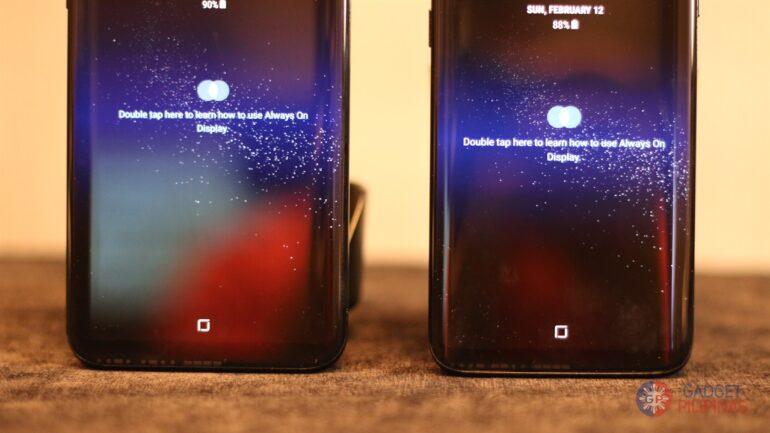 Samsung Galaxy S8 features a 5.8″ display, while the Galaxy S8+ has a 6.2″ display. Both are curved QHD so expect these to make you enjoy all the media contents you have, including the photos and videos you will take with its highly improved cameras. I wish I could describe how the screens improved from its predecessor. I love my Samsung Galaxy S7 Edge, but my heart is ready to ditch it with the S8 or S8+.
Samsung Galaxy S8 features a 5.8″ display, while the Galaxy S8+ has a 6.2″ display. Both are curved QHD so expect these to make you enjoy all the media contents you have, including the photos and videos you will take with its highly improved cameras. I wish I could describe how the screens improved from its predecessor. I love my Samsung Galaxy S7 Edge, but my heart is ready to ditch it with the S8 or S8+.
The magic of S8 and S8+’s screen lie on its sleeker look and feel. The screens are much bigger compared to its predecessors, but Samsung was able to fit everything in without sacrificing overall size. What’s the effect? The phones feel slimmer, and give users a better grip of the phone. I still find it a little slippery, which – fortunately – may easily be remediated with its new case offerings.
How do both devices stack up?
The Galaxy S8 variants releasing in the Philippines will be the Exynos 8895 version, with an octa-core CPU that clocks 4×1.7 GHz. Memory is set at 4gb. I would have wanted it to have more — like 6gb, but it looks like Samsung is confident with how their new devices will perform with only 4gb.
Here are the specs for your full reference.
[table id=25 /]
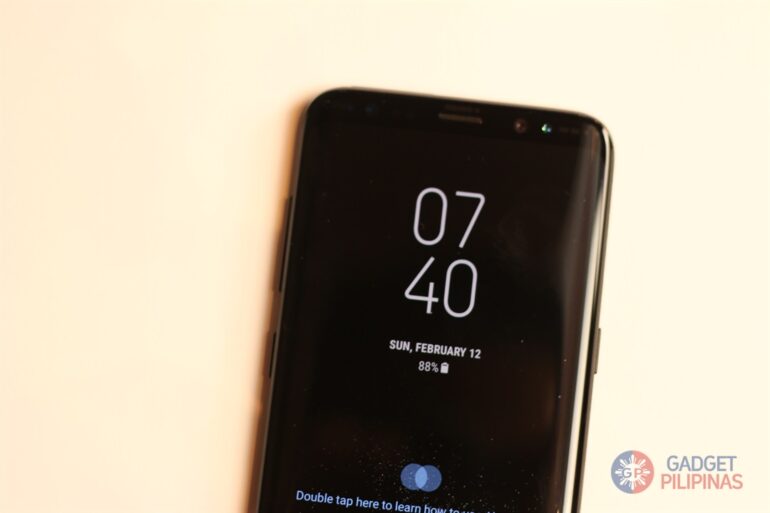 You deserve quantifiable data, and this is the reason why I’m presenting benchmark results. For the non-geeks, both devices are downright fast – faster that we’ve ever used, regardless of the fact that we’re using demo devices. For the geeks, you need the following data presented below.
You deserve quantifiable data, and this is the reason why I’m presenting benchmark results. For the non-geeks, both devices are downright fast – faster that we’ve ever used, regardless of the fact that we’re using demo devices. For the geeks, you need the following data presented below.
SAMSUNG GALAXY S8+ BENCHMARK RESULTS
- Antutu Benchmark: 144,910
- 3D: 66,756
- UX: 40,724
- CPU: 30,149
- RAM: 7281
- Quadrant: 44,453
- Geekbench 4
- Singe-Core Result: 1,988
- Multi-Core Score: 6,267
- GFXBench GL Benchmark
I want to emphasize that while most of our readers are familiar with Antutu and Quadrant, I want to put special emphasis on GFXBench GL Benchmark as it shows results that may very well quantify the capabilities of this smartphone. Quite obviously, based on its specifications, Galaxy S8+ is a powerful device and perfect for many functions: productivity, content and media creation, and gaming. As expected from Samsung, they made sure that you’re going to have lots of fun using this device to play your favorite games, which requires demanding resources.
- High-Level Tests: For this tier test, the benchmark app subjects it to on-screen and offscreen graphics tests. The renderer is presented with various surface width and weigh, and pushes it to its limit. Graphics presented often resemble game-like renders. FPS is presented per each grade of test. The higher the score, the better.
- Score: 1,256 Frames (vs 1,627 frames of NVIDIA Shield Android TV)
- Low-Level Tests: This tier test, the app subjects the phone to on-screen and offscreen graphics tests. Tesselation and texturing are the focuses of the test, and the result is presented in terms of frames.
- Score: 1,457 Frames
- High-Level Tests: For this tier test, the benchmark app subjects it to on-screen and offscreen graphics tests. The renderer is presented with various surface width and weigh, and pushes it to its limit. Graphics presented often resemble game-like renders. FPS is presented per each grade of test. The higher the score, the better.
- Vellamo Mobile Benchmark
- Metal Score:3,445
- Multi-score: 4,773
- NenaMark 2
- Score: 60.1
- PCMark for Android Benchmark
PCMark offers a detailed result of the phone’s overall capacity to cope up with the demands of the user. It provides the best and complete benchmark result among other apps, albeit lacking detailed results for graphics capability.
- Work 2.0 Performance: 5,321
Both devices carry with it a 3500mAh battery, which may be a little lacking especially to power users. However, since the phones have the world’s first 10nm processor, it’s expected to handle multiple concurrent tasks without spending too much energy. At the time of this writing, Samsung didn’t say anything about its compatibility to fast charging, but I’ll definitely give you all an update when we post our full review.
As earlier stated, the 2 devices now feature much improved Dual Pixel cameras. Main camera can take 12MP photos and up to UHD video (3840×2160), while its secondary front facing camera can shoot 8MP photos and up to FullHD video as well. While the cameras didn’t have huge upgrade bump compared to its predecessors, the capturing and editing experiences are somewhat better. The smartphones now have a built in sticker feature on its camera app.
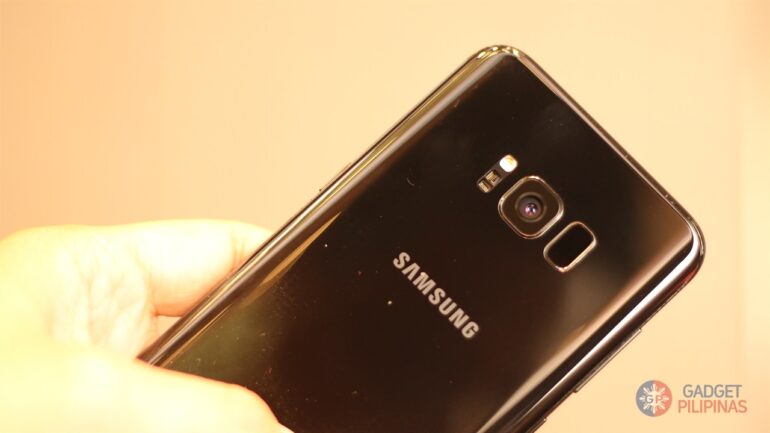
Here are sample photos I took during the short time I had with the Galaxy S8.
Obviously, I’d like to spend more time with it so I can give you a more definitive review of how its cameras perform. I will get in touch with Samsung so we can more time with it.
Security is another salient feature that’s available on S8 and S8+. In fact, it has all the new ones like Iris Scanner (which we say on Galaxy Note 7), Fingerprint scanner and facial registration. These things worked flawlessly during my test, and can confirm that Samsung has indeed upped their game when it comes to this aspect. One problem though that I wish to point out: the iris scanner requires the screen to be turned on, so there’s this extra step before you can technically unlock your device.
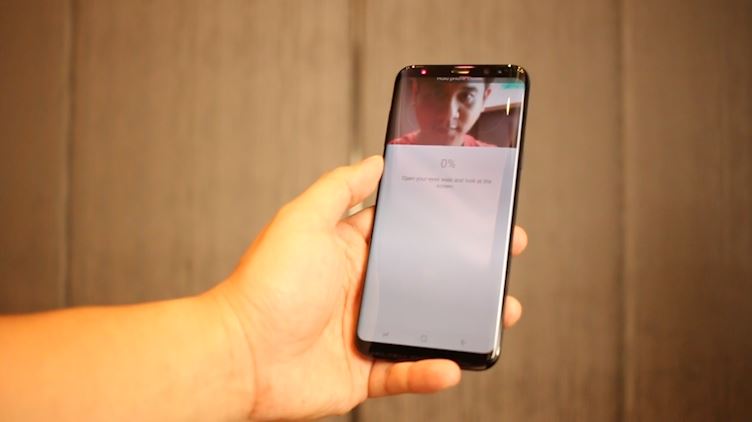 Since the S8 and S8+ are missing a physical button, they had to move the fingerprint sensor beside the rear camera. If you’re coming from an S6 or S7, you will have to re-train yourself to unlock the smartphone via a different position.
Since the S8 and S8+ are missing a physical button, they had to move the fingerprint sensor beside the rear camera. If you’re coming from an S6 or S7, you will have to re-train yourself to unlock the smartphone via a different position.
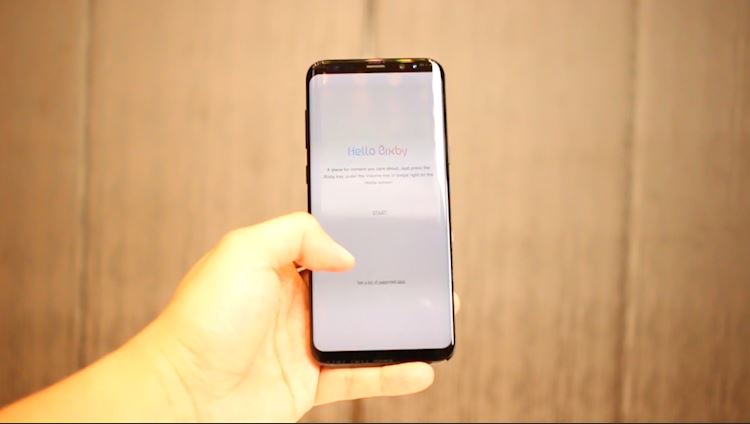
Another new feature that Samsung announced during the S8 launch was their latest intelligent software assistant, Bixby. While it’s a work in progress, Bixby is technically Samsung’s next generation S Voice — a supercharged one. There’s Bixby Visual, which recognizes text, images, shopping, QR code, location and even wines; while Bixby Voice allows users to be productive without having to use the smartphone’s keyboard. Neat.

It is a work in progress, to be honest, but I find it much intuitive and better than the S Voice. Samsung has been obviously pouring much of their R&d resources to enhance this, and I, for one, am excited for the things to come.

The optional homescreen page, Briefing, is also being replaced by Bixby Hello. It shows all the necessary information based on the user’s previous activities. If enabled, scrolling all the way to the leftmost portion of the homescreem will trigger Bixby Hello.

Samsung DeX is another innovation worth noting. Think of it as an alternative to Microsoft’s Continuum, but better in many ways. Transforming mobile experience to desktop is almost instantaneously, thanks to the seamless and optimized connectivity between the DeX dock and the Galaxy S8.

Overall, the Galaxy S8 is a worthy upgrade from the S7 Edge. It isn’t Samsung’s futile attempt to win back their coveted preferred-Android-smartphone title, because they never lost it anyway. It is Samsung’s way of telling everyone that they aren’t going anywhere, and they are bravely ready to bring more to their new and loyal customers.
Giancarlo Viterbo is a Filipino Technology Journalist, blogger and Editor of gadgetpilipinas.net, He is also a Geek, Dad and a Husband. He knows a lot about washing the dishes, doing some errands and following instructions from his boss on his day job. Follow him on twitter: @gianviterbo and @gadgetpilipinas.

